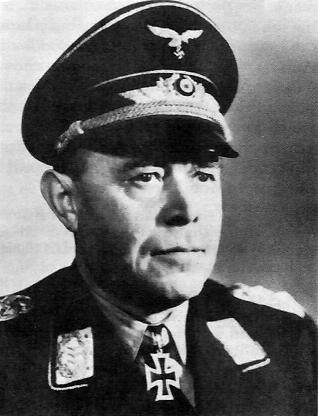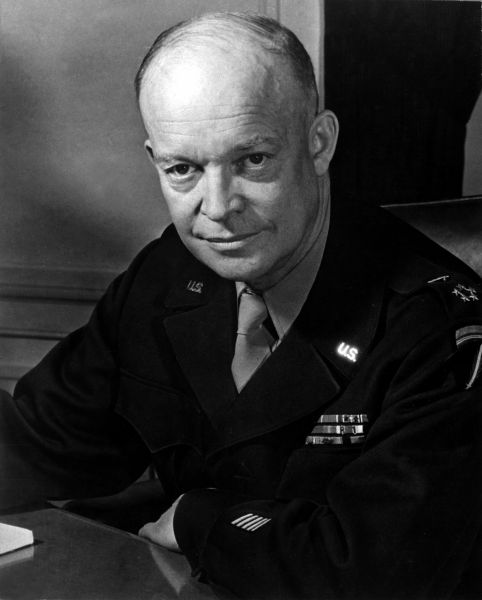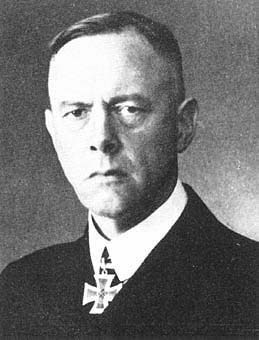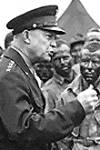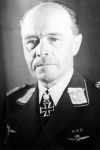His Majesty's Ships - H.M.S. Aurora
The War Illustrated, Volume 10, No. 245, Page 458, November 8, 1946.
Motto: “After Darkness, Light.”
Launched in 1936, H.M.S. Aurora, a cruiser of 5,270 tons, steamed 201,688 miles and fired 9,163 rounds of 6-in. shell from her main armament during the War. Few ships have equalled her record of service.
She was flagship of Admiral Sir Edward Evans (now Lord Mountevans) during the Norwegian campaign of 1940, and was one of the ships engaged in the chase of the Bismarck the following year. She then proceeded to the Mediterranean, where in company with her sister ship, the Penelope, she formed the backbone of Force “K”, based on Malta. The Aurora became known to the Italians as “The Silver Phantom” as the result of her exploits. In one month alone, November 1941, she and her consort intercepted and destroyed three enemy convoys proceeding to Libya. At this period her commanding officer was Captain W.G. Agnew, now in command of H.M.S. Vanguard.
Ordered to leave Malta during the intensive air attacks in 1942, the Aurora supported Allied landings at Oran in November of that year, engaging the French naval forces based on that port. Next she joined Force “Q”, whose vigilance prevented Kesselring from evacuating any of his trapped forces from Tunisia.
General Eisenhower and Sir Andrew Cunningham came on board the Aurora to witness the bombardment of Pantelleria, which surrendered two days later. Prouder still was the Aurora when she steamed into Grand Harbour, Malta, less than a fortnight afterwards, wearing the Royal Standard, the King having selected her to take him to the island for his first visit after its relief.
Other operations in which the Aurora took part were the invasion of Sicily, the fighting at Salerno, the evacuation of Leros, the landings on the south coast of France, the taking of Toulon, the reduction of enemy garrisons in the Aegean Islands and the liberation of Greece. In 1945 she was present at the surrender of Genoa.
Previous and next article from His Majesty's Ships
His Majesty's Ships - H.M.S. King George V
Known familiarly in the Navy as “K. G. Five”, H.M.S. King George V has a displacement of 35,000 tons and a main armament of ten 14-in. guns. She was commissioned on October 1, 1940. In May 1941, a
His Majesty's Ships - H.M.S. Illustrious
First fleet aircraft carrier to be completed after the outbreak of war, H.M.S. Illustrious, of 23,000 tons, was launched at Barrow in 1939. Her outstanding achievement, as flagship of Rear Admiral (no
Index
Previous article
No. 230 Squadron
Motto: "We Search Far" Formed at Felixstowe in Sept. 1918, No. 230 Squadron remained there until May 1922, then moved to Calshot. In the following year it was disbanded and reformed at Pembroke Doc
Next article
No. 35 Squadron
Motto: "We Act with One Accord" Formed at Thetford, Norfolk, on February 1, 1916, the squadron flew to France in Jan. 1917, where it was allocated to the Cavalry Corps, association with which is pe


